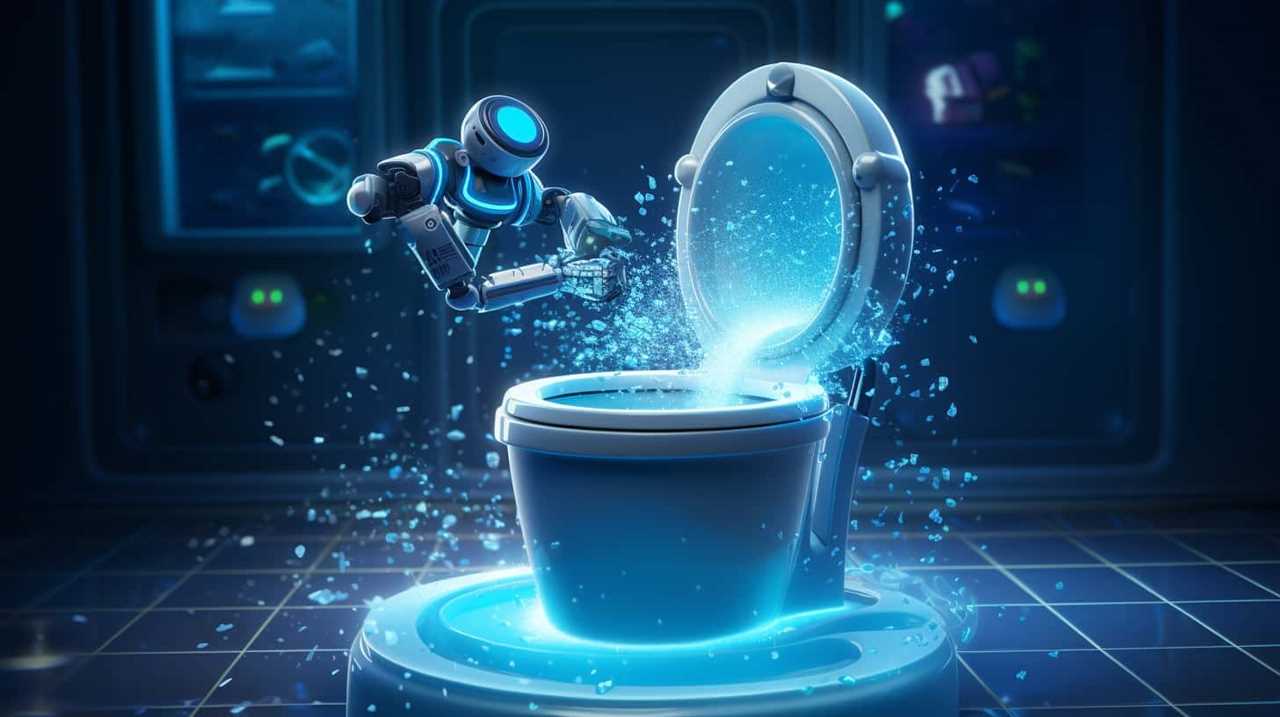Ever wondered why your toilet seems to flush slower than normal, even when it’s not blocked? We have the answers you need.
In this article, we’ll explore the possible causes behind this frustrating issue. From water supply issues to faulty flush valves and mineral buildup in the pipes, we’ll break down the technicalities and provide you with the necessary information to master your toilet troubleshooting skills.
Let’s dive in and uncover the secrets of a slow-flushing, unclogged toilet.
Key Takeaways
- Decrease in water supply can lead to reduced water pressure and weaker flush.
- A partially closed or faulty flush valve can restrict water flow and result in a slow flush.
- A malfunctioning fill valve can lead to insufficient water entering the tank for a proper flush.
- Hard water deposits in the pipes can accumulate and narrow the passageway for water flow, resulting in a slow flush.
Water Supply Issues
One possible reason for a slow flushing toilet that isn’t clogged is a decrease in the water supply. Water flow restrictions or a faulty water supply line can lead to reduced water pressure, resulting in a weaker flush.
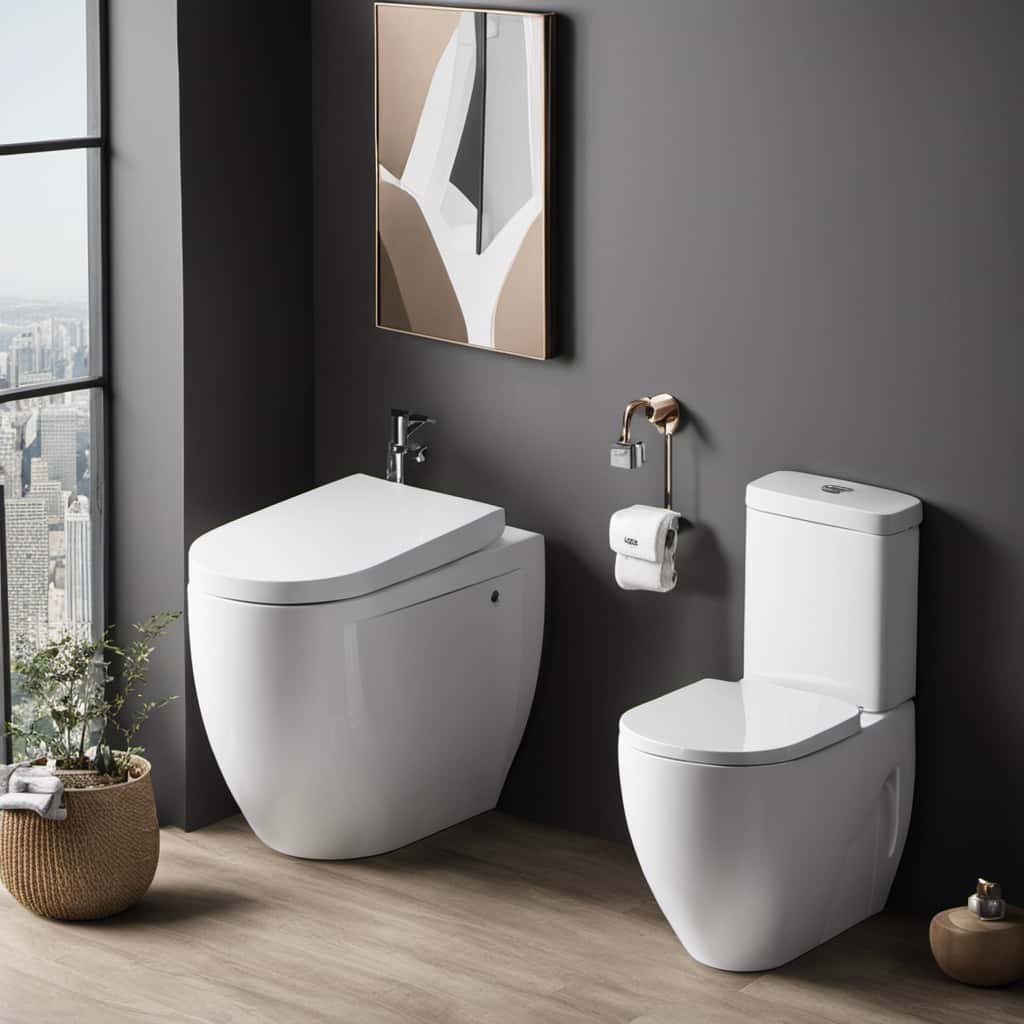
Water flow restrictions can occur due to mineral deposits, debris, or sediment buildup in the pipes. These blockages restrict the flow of water, reducing the force with which it enters the toilet bowl.
A faulty water supply line can also impede the flushing process. If the line is damaged or partially closed, it can restrict the amount of water flowing into the toilet tank. As a result, the flush may be slower and less effective.
Now, let’s move on to the next section to explore another possible cause for a slow flushing toilet: a partially closed or faulty flush valve.
Partially Closed or Faulty Flush Valve
To address the issue of a slow flushing toilet that isn’t clogged, it’s important to consider the possibility of a partially closed or faulty flush valve. The flush valve is a crucial component in the toilet tank that controls the release of water into the bowl during a flush. If the flush valve is partially closed or not functioning properly, it can restrict the flow of water and result in a slow flush.
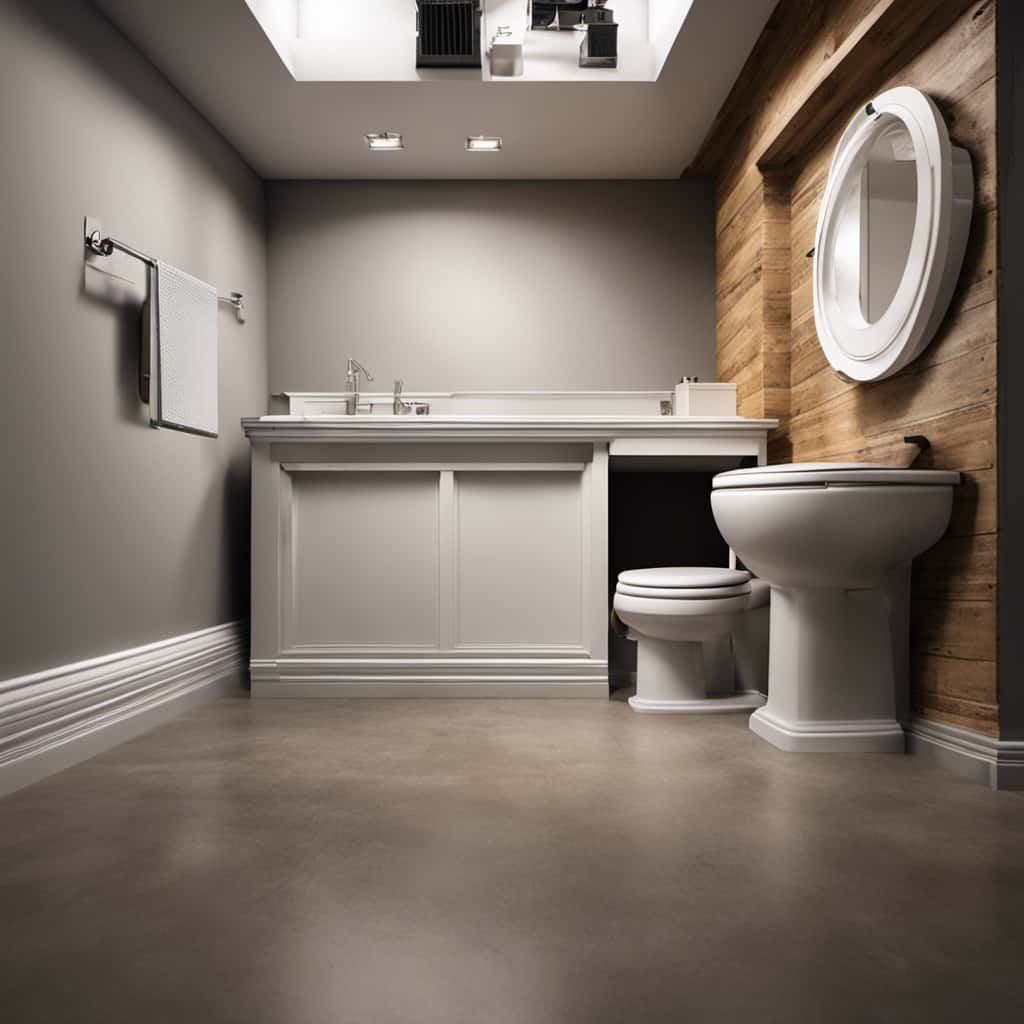
One common cause of a partially closed flush valve is a misaligned or improperly adjusted flush handle. When the flush handle isn’t properly aligned with the flush valve, it may not fully open the valve when pressed, leading to reduced water flow.
Additionally, a faulty flush valve can also cause slow flushing. Over time, the flush valve can become worn or damaged, preventing it from fully opening and allowing water to flow freely.
To resolve this issue, start by checking the alignment and adjustment of the flush handle. Ensure that it’s properly aligned with the flush valve and fully opens it when pressed. If the handle is in good condition and properly aligned, then it may be necessary to replace the flush valve. Consult a professional plumber for assistance in identifying the correct flush valve for your toilet model and for proper installation.
Malfunctioning Fill Valve
Now let’s turn our attention to another potential cause of a slow flushing toilet that isn’t clogged: a malfunctioning fill valve.

The fill valve is responsible for refilling the tank after each flush, ensuring that there’s enough water for a proper flush. When the fill valve malfunctions, it may not allow enough water to enter the tank, resulting in a weak flush.
In some cases, the fill valve may need to be replaced to restore proper functionality. It’s essential to address this issue promptly to prevent further damage and inconvenience. The cost of a fill valve replacement can vary depending on the type of valve and the complexity of the repair. Consulting a professional plumber can provide an accurate estimate of the toilet repair cost.
Now, let’s explore another potential cause of a slow flushing toilet: mineral buildup in the pipes.
Mineral Buildup in the Pipes
After ruling out a malfunctioning fill valve, the next potential cause of a slow flushing toilet that isn’t clogged is the buildup of minerals in the pipes.
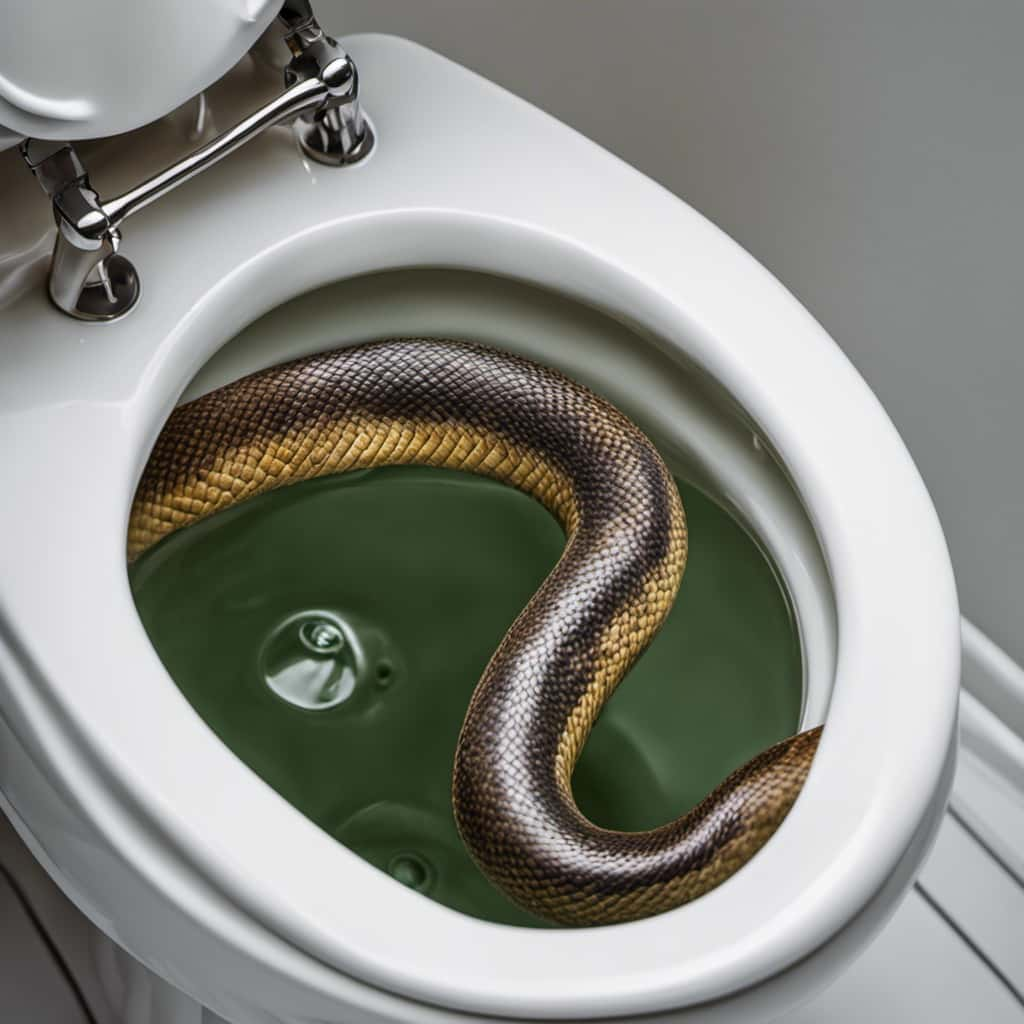
Hard water deposits are a common culprit for this issue. Hard water contains high levels of minerals such as calcium and magnesium. Over time, these minerals can accumulate inside the pipes, narrowing the passageway for water flow. This restricted flow leads to a slower flushing toilet.
To address this problem, regular plumbing maintenance is crucial. One effective solution is to periodically flush the pipes with a mixture of vinegar and water. The acidic properties of vinegar help break down and dissolve the mineral buildup, restoring the pipes’ functionality.
Additionally, installing a water softener can prevent future mineral buildup and ensure smooth toilet flushing.
Low Water Pressure
Continuing from the previous subtopic, we encountered another potential cause for a slow flushing toilet that isn’t clogged: low water pressure.

Water pressure problems can hinder the proper functioning of a toilet, leading to slow flushing. Low water pressure occurs when the water supply to the toilet isn’t sufficient to create the necessary force to flush waste effectively.
This can be caused by various factors, such as blockages in the plumbing system, faulty valves, or problems with the water supply itself.
To resolve low water pressure issues, it’s essential to conduct thorough plumbing maintenance. This may involve checking for leaks, inspecting and cleaning the pipes, ensuring proper valve functionality, and addressing any other issues that may be impacting the water pressure.
Frequently Asked Questions
Can a Slow Flushing Toilet Be Caused by a Problem With the Toilet’s Tank or Bowl?
Toilet flushing speed can be affected by problems with the tank or bowl. These issues may include inadequate water flow, a faulty flush valve, or a clogged rim holes.
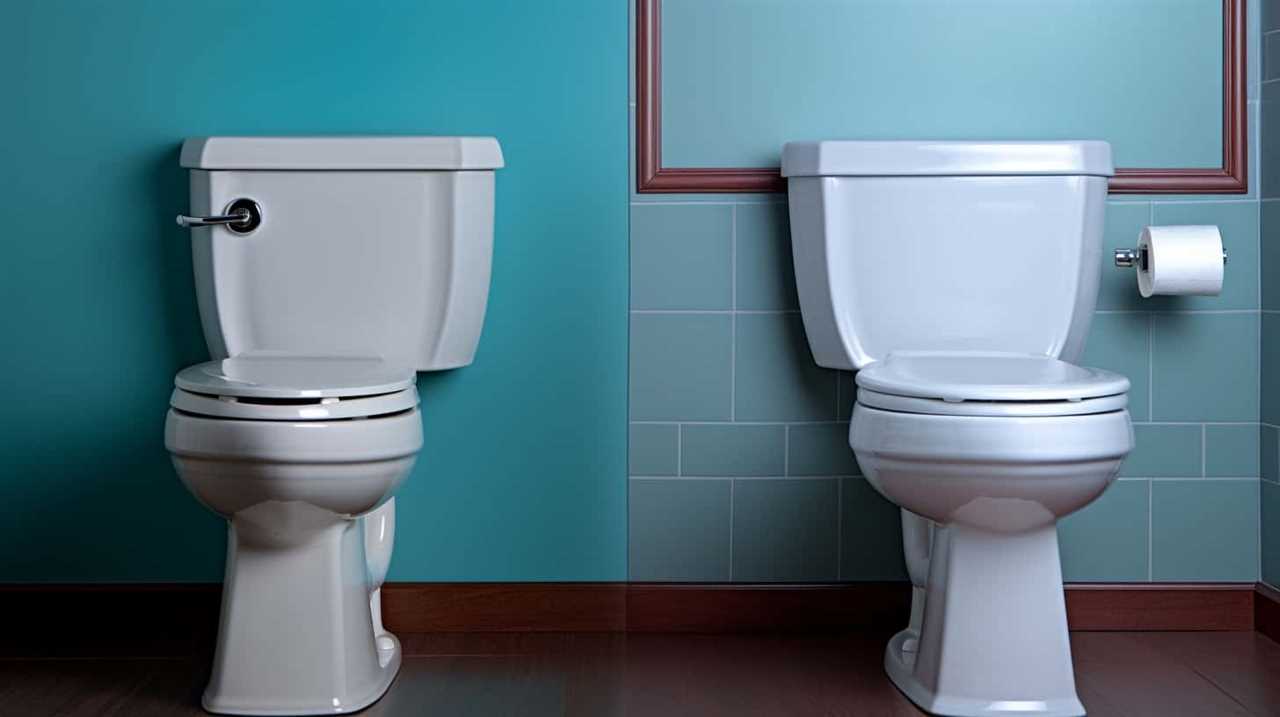
What Are Some Signs That Indicate a Malfunctioning Fill Valve in a Toilet?
Some signs of a malfunctioning fill valve in a toilet include weak water flow during flush, constant running water sounds, and water level not refilling properly. Troubleshooting the fill valve can help identify the causes of slow toilet flush.
How Can Mineral Buildup in the Pipes Affect the Flush of a Toilet?
Mineral buildup in pipes can significantly impact the effectiveness of descaling agents. Hard water, containing high levels of minerals, can hinder the flush of a toilet. Understanding this helps us troubleshoot flushing issues.
Are There Any DIY Methods to Fix a Slow Flushing Toilet Before Calling a Plumber?
Before calling a plumber, we recommend trying DIY solutions for a slow flushing toilet. Troubleshooting steps can include checking the water level, cleaning the jets, and using a plunger to clear any blockages.
Can Low Water Pressure in the Household Affect the Flush of a Toilet?
Low water pressure in the household can indeed affect the flush of a toilet. It may not provide enough force to properly clear the bowl. Increasing water pressure can be done by adjusting the pressure regulator or checking for any leaks in the plumbing system.

Conclusion
In conclusion, a slow-flushing toilet can be caused by a variety of factors. These include water supply issues, faulty flush or fill valves, mineral buildup, or low water pressure. These issues may not necessarily result in a clog, but they can still affect the flushing speed and efficiency of the toilet.
So, if you’re experiencing this problem, it’s important to identify and address the underlying cause. This will ensure a swift and trouble-free flush.





